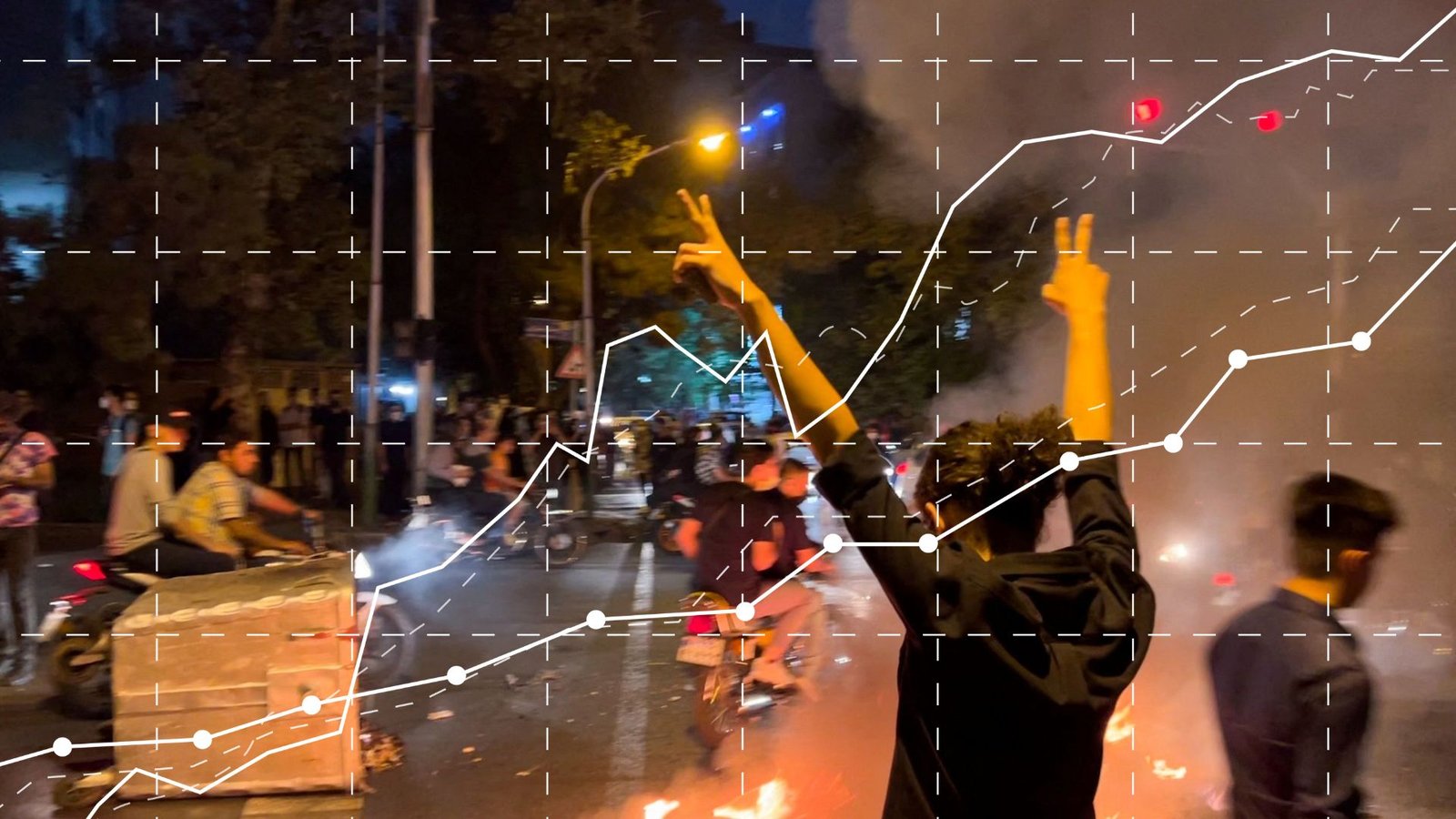Even after the conclusion of the war between Israel and Iran, the Islamic Republic continues to grapple with significant domestic challenges, namely a deepening economic crisis, ecological problems, shortages of water and electricity, and a widening gap between the regime and the public, especially the younger generation. About three months after the 12-day war, it does not appear that the conflict undermined the foundations of the Iranian regime. On the contrary, Israel’s strikes had, to some extent, the opposite effect, provoking sharp criticism of Israel even among regime critics and opponents and creating a kind of “rally-round-the-flag” effect (around the Iranian flag, not necessarily that of the Islamic Republic). Regime opponents did not wish to exploit the opportunity to advance processes of change, in any case, the ability of Iranian citizens to take to the streets and demonstrate during the Israeli attacks was particularly limited. Even the sporadic protests that had characterized Iran in the months preceding the war, mainly over economic issues such as the truck drivers’ protest, almost entirely disappeared. For its part, the regime sought to seize the opportunity to mobilize the public around symbols of Iranian nationalism and territorial cohesion.
Nevertheless, the expressions of national solidarity that Iranian citizens displayed during the war did not alter their fundamentally hostile stance toward the regime, which is suffering from an ever-deepening legitimacy crisis. Moreover, the war again demonstrated the authorities’ inability to provide solutions to the hardships of the population. Regime opponents have so far failed to mobilize a critical mass of demonstrators; most protests have remained local; there is no organized, leadership-led opposition; and no nationwide social coalition has coalesced, which is an essential precondition for advancing political change. That said, in recent years, waves of popular protest have intensified and become more exceptional, whether in the size of the demonstrations, their frequency, or extremity compared to the past, expressed in violent outbursts and slogans challenging the very existence of the regime. Even if a popular uprising does not seem imminent in the foreseeable future, in the absence of meaningful political change, Iran will presumably continue to suffer from major internal challenges that will only worsen.
This interactive map, produced by the INSS Data Analytics Center, presents the main trends regarding protest events (alongside expressions of support for the regime) in Iran, particularly during the first half of 2025. Its purpose is to provide a basis for ongoing monitoring of protest manifestations of different kinds and characteristics, which over time may affect the stability of the regime in the Islamic Republic.
The opinions expressed in INSS publications are the authors’ alone.
